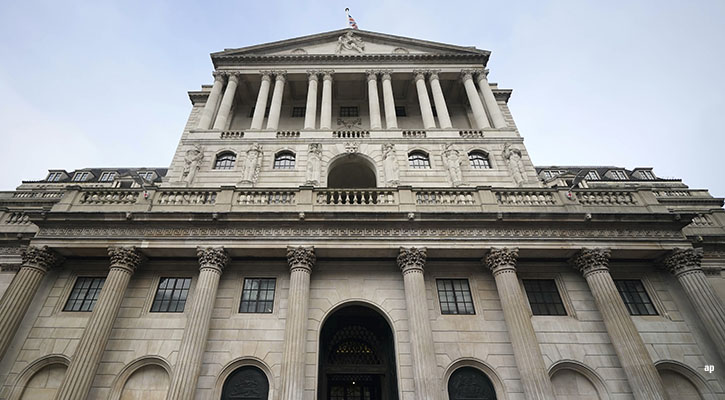
Bank of England Rates Decision: What to Expect on May 9
Morningstar
The Bank of England announces its latest interest rate decision on May 9. While it is not expected to change interest rates, investors will be focusing on three key questions that they hope the accompanying report and press conference will answer:
• When will interest rates start to fall in 2024?
• Where does the Bank sees inflation going this year?
• Whether the Bank, like the Federal Reserve, can rule out a rate increase?
We may not get definitive answers to all of these questions but falling inflation and weak economic growth lay a path for the Bank to start preparing to cut interest rates from 5.25%, where they’ve been since August 2023. This hike was the 14th consecutive increase and took rates to a 15-year high. In March, eight members of the MPC voted for no change, and one for a cut. Will more policymakers back the case for monetary easing?
Is the Bank of England Waiting for the Fed?
Because the Bank’s most recent monetary policy meeting was as long ago as March 21, a lot has happened since. There is a sense that the UK now has to get up to speed with the changed expectations for interest rates, which can be summarised as: higher for longer. Until recently, the Federal Reserve was expected to take the lead and start cutting interest rates this spring, with other central banks to follow. But the Fed is now signalling that rate cuts are not on the horizon, but ruled out a rate hike in May 1st’s meeting. The European Central Bank could be the first to cut, at its June meeting, as inflation continues to fall in the eurozone.
While the Bank of England is not co-ordinating with the Fed or ECB, it’s mindful of global trends and domestic issues too. This leaves the Bank’s monetary policy committee in a bind; it could in theory act before the Fed, and our inflation picture is better than in the US, but not by much. We have some of the “stickiness” in inflation that is troubling the Fed policymakers, but our inflation at 3.2% is below that of the US, where the latest CPI reading was 3.5%. The UK economy is weaker than that of the US – as the OECD pointed out this week – so monetary easing could be less problematic and could help stimulate parts of the economy such as
The full article is available here. This article was published at Morningstar Economics.
Comments are closed for this article!